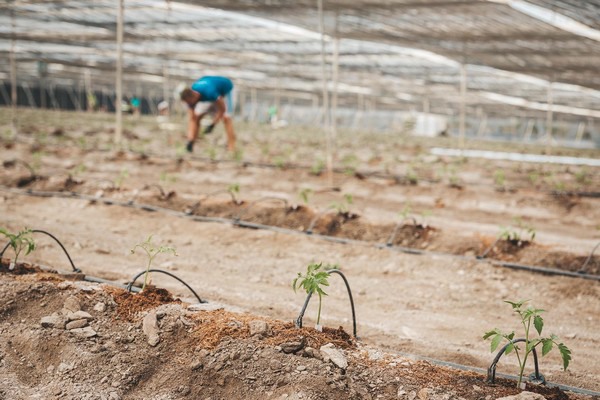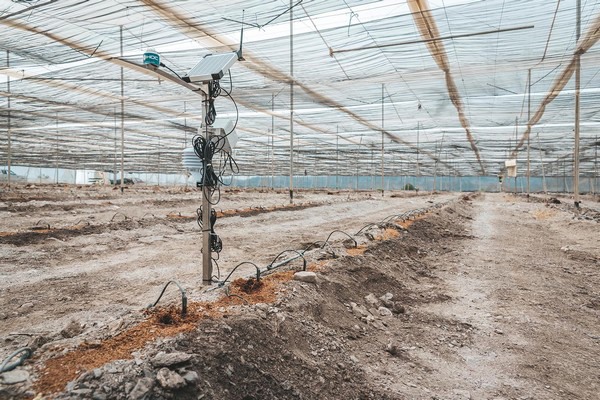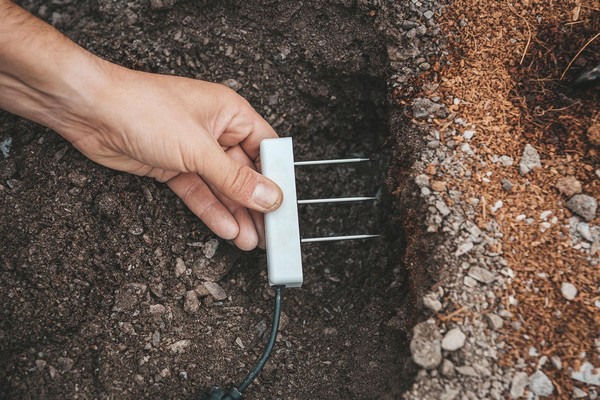This week, the technical department of Projar started the first phase of its study to define an appropriate irrigation strategy for crops cultivated in soil with coconut fiber. This trial, which is being carried out on a farm in Aguilas (Murcia), aims at promoting and maximizing the plant's root system's colonization of coconut fiber volume incorporated into the soil.

"The most common problem in farms that cultivate incorporating coconut fiber into the soil is irrigation management, coinciding with high-endowment, low-frequency irrigation," stated Juan Manuel Garcia, the Product Manager of Projar and coordinator of this study. “Our objective is to carry out multi-frequency irrigations and constant volumetric endowments in order to take advantage of the extraordinary physical and chemical properties that coconut fiber can give to the crop. This will allow us to help farmers boost the productivity of their plantations,” he added.

High technology at the service of agriculture
To know what the appropriate irrigation strategy for each crop is, researchers must first know the crop's water needs. The irrigation method must be calculated based on the crop's level of transpiration, the level of incident radiation, and the vapor pressure deficit (which is given by the relative humidity and temperature in the greenhouse). "In addition to the environmental parameters, we'll take into account the characteristics of the crop and the physical properties of the substrate. Thus, we'll be able to determine how much water must be irrigated (provision) and when the crops must be irrigated (frequency),” Garcia stated.

The researchers have installed a climatic station and a set of continuous measurement sensors inside the greenhouse to measure and control all these values. This climatic station is made up of environmental probes that measure the global radiation, temperature, and relative humidity in the greenhouse, and probes incorporated directly into the substrate and soil to determine the humidity, conductivity, and temperature in the plant's root environment.

The goal of this monitoring is to maintain homogeneous humidity and conductivity conditions throughout the physical volume of the substrate to achieve maximum root development in coconut fiber while optimizing and making efficient use of water and nutrients.
For more information: www.projar.es ![]()
